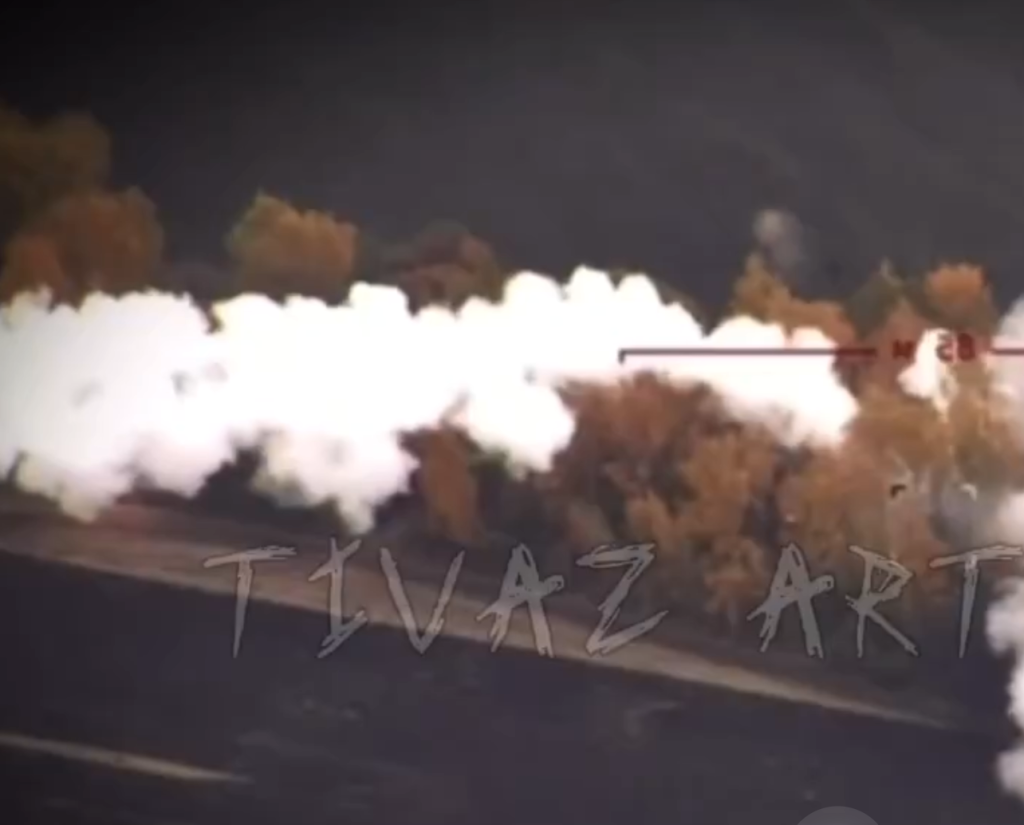This “Alternative Warhead” creates a devastating effect.
Others are reading now
Self-propelled anti-aircraft systems are among the most crucial assets for both Ukraine and Russia in the ongoing conflict.
Top Targets when Detected
These systems are not only scarce but also challenging to replace, making them top targets whenever they are detected.
Ukraine, in particular, has relied on M142 HIMARS and M270 MLRS rocket systems, equipped with GMLRS rockets, to eliminate these valuable assets with precision from distances of up to 50 miles (80 km).
Ukrainian rocket artillery units coordinate closely with long-range reconnaissance drones, such as Poland’s FlyEye, to track Russian positions even miles behind the front lines, according to Tech.
Also read
Once high-value targets are located, an immediate missile strike can be launched, sometimes using multiple rockets to ensure precision against potential electronic warfare interference that could disrupt GPS signals.
One recent example highlights a strike on a Russian Buk anti-aircraft system, where the impact triggered a chain reaction, causing its onboard missiles to ignite and explode.
A Devestating Effect
The Buk system, first deployed by the Soviet Union in the late 1980s, has since gone through significant upgrades.
Versions in service today could include the Buk-M1-2 from the 1990s, the Buk-M2 introduced in the early 2000s, or the most recent Buk-M3, in production since 2016.
These systems serve as crucial defenses against aircraft, cruise missiles, and short-range ballistic missiles, with effective ranges of up to 25 miles (40 km) for early models and around 43 miles (70 km) for the Buk-M3.
Despite these capabilities, the targeted Buk was unable to defend against the GMLRS missile, which likely approached from an angle outside its radar’s field of view.
The GMLRS missile variant used, likely the M30A1, releases a cloud of 182,000 tungsten pellets upon detonation, designed to maximize area damage without leaving unexploded remnants.
This “Alternative Warhead” creates a devastating effect similar to cluster munitions but avoids the long-term risks of unexploded ordinance.
The tungsten pellets are powerful enough to penetrate body armor, rocket casings, and even fuel tanks, demonstrating their effectiveness in neutralizing high-value targets on the battlefield.



